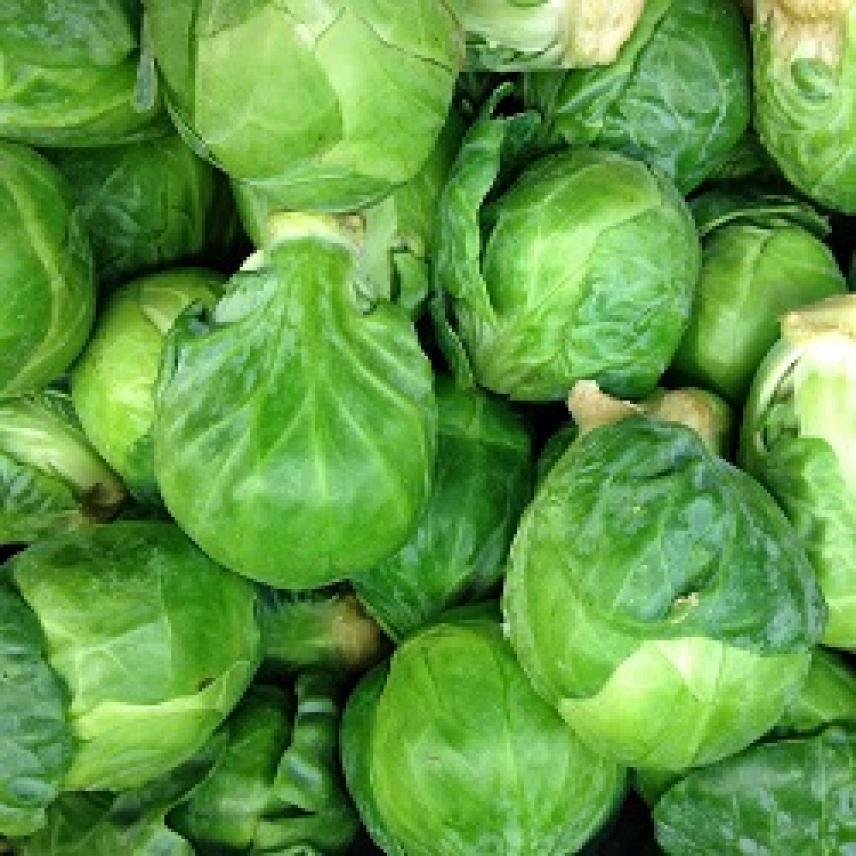
Though not lethal, the disease is fairly common and can be identified by the appearance of white pustules on the plant’s leaves that change color until they turn brown, damaging the affected part until it is no longer edible. The similarities it shares with fungi has facilitated the use of treatments for white rust being modeled on fungicides. Nevertheless, the need to find long-term solutions in order to curb low harvest yields has the international scientific community hard at work.
Today, the journal Proceedings of the National Academy of Sciences of the United States of America (PNAS) has published the work of a team made up of researchers from eight European universities and research centers headed by Sainsbury Laboratory in Norwich, the U.K. Among these researchers is Amey Redkar, a researcher from the Genetics Department at the University of Cordoba. This research team has been able to identify multiple genes that are resistant to Albugo cándida. These genes are nucleotide-binding leucine-rich repeats (also known as NLR) and they have been identified by means of a plant model commonly used in plant biotechnology laboratories: Arabidopsis thaliana, which allows for extrapolating results to other crops. In fact, identifying these genes that become resistant to white rust allows for designing new genetic improvement strategies for different cultivated plant species.
This is a new accomplishment in basic research with clear biotechnological applications. The research team, to which Amey Redkar belongs and the one University of Cordoba Genetics Professor Antonio Di Pietro heads, specializes in this line of work. Specifically, Redkar is part of the Foundation project, funded by the European Union’s Marie Sklodowska-Curie Actions program. This program aims to study the infection mechanisms of Fusarium oxysporum, an important fungus pathogen that causes vascular wilt in over a hundred crop species, including tomatoes and bananas. In particular, the University of Cordoba team aims to identify new infection mechanisms that will serve as targets in order to reduce the harm caused by this pathogenic species.
Transgressive segregation reveals mechanisms of Arabidopsis immunity to Brassica-infecting races of white rust (Albugo candida)
Volkan Cevik, Freddy Boutrot, WiebkeApel, Alexandre Robert-Seilaniantz, Oliver J. Furzer, AmeyRedkar, Baptiste Castel, Paula X. Kover, David C. Prince, Eric B. Holub, Jonathan D. G. Jones. DOI: 10.1073/pnas.1812911116


